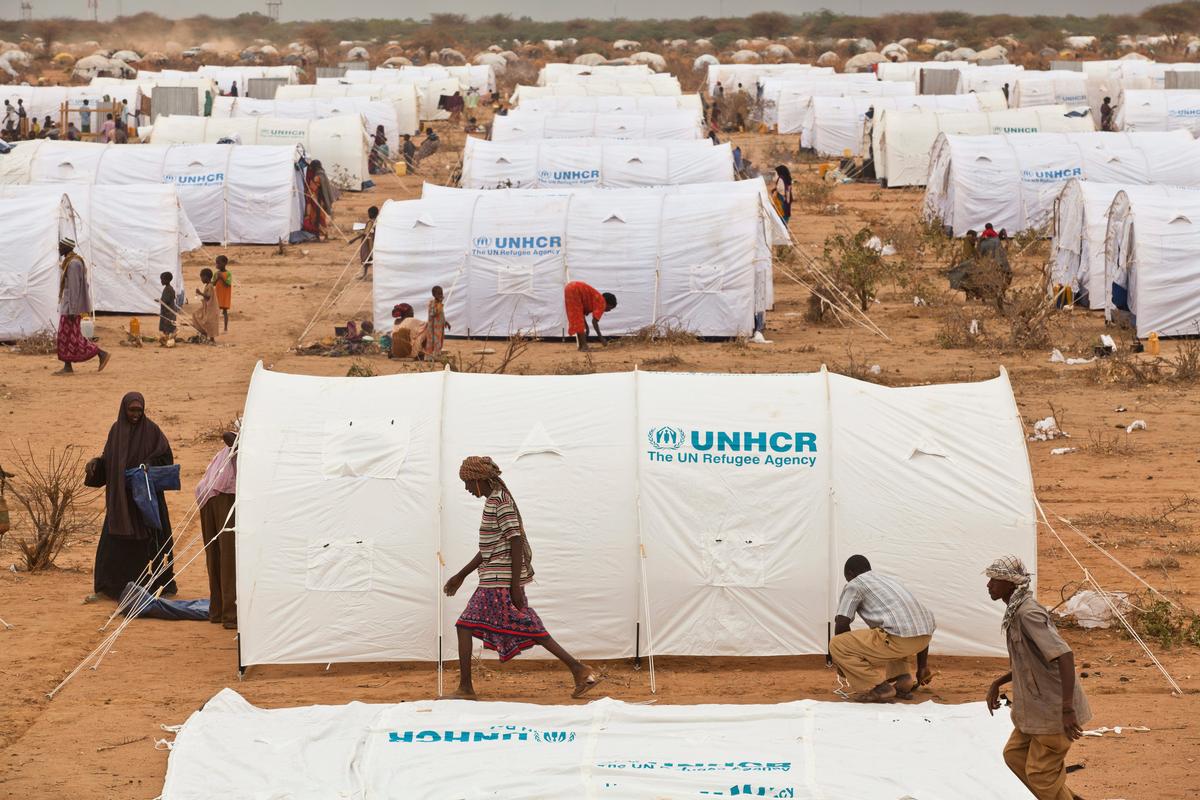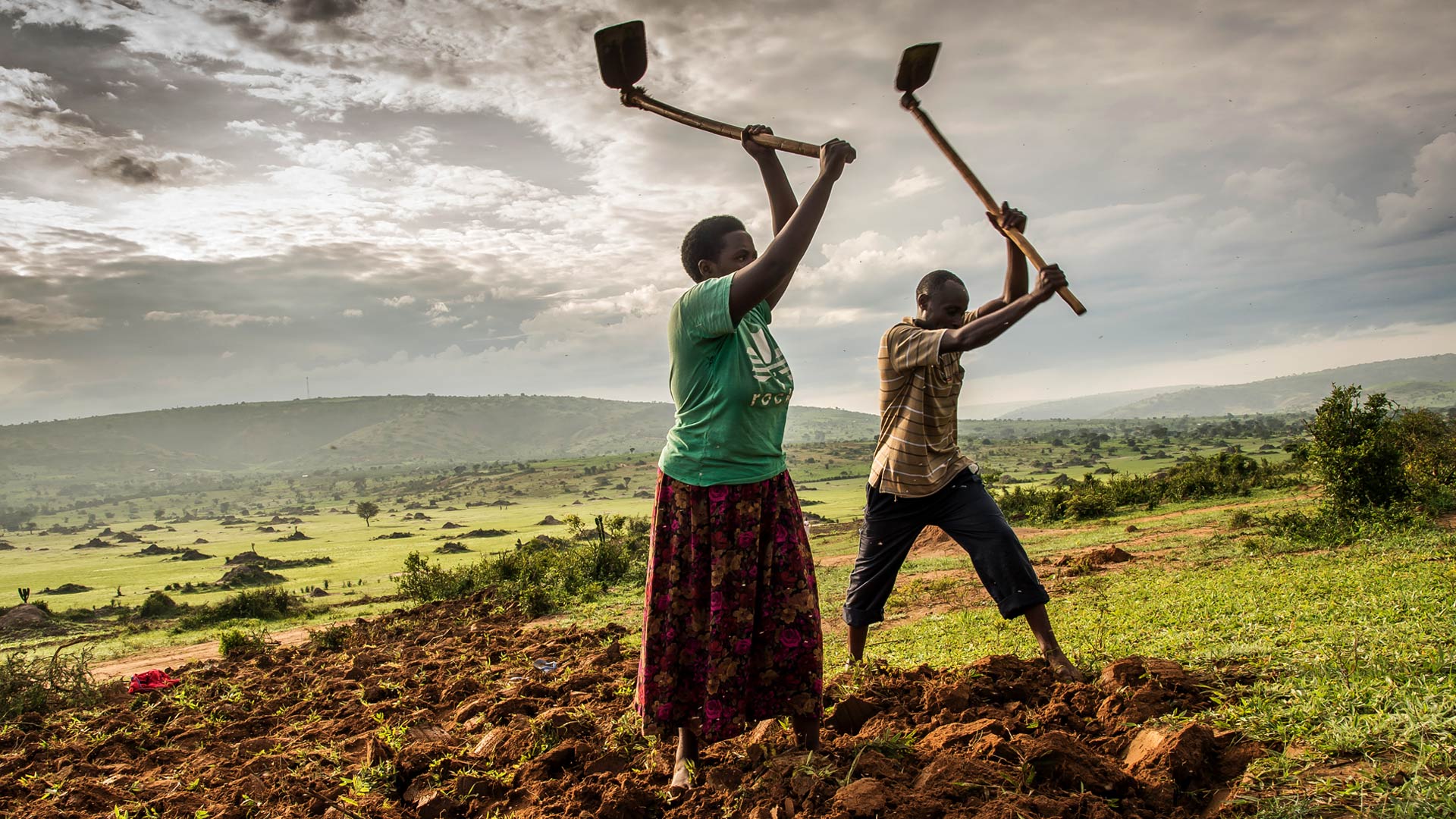Somali refugees suffer as Dadaab camp populations swell to 230,000
Somali refugees suffer as Dadaab camp populations swell to 230,000

DADAAB, Kenya, December 23 (UNHCR) - The rows of emergency tents have reached the perimeter of Ifo camp in Dadaab, which means that the UN refugee agency has finally run out of space to put newly arrived Somali refugees. "All refugees have to find a place with relatives or friends, we no longer have any land to provide them," Leonidas Nkurunziza, a UNHCR field officer, said.
Some 230,000 people now live in the three adjacent camps at Dadaab, one of the world's oldest, largest and most congested refugee sites. UNHCR fears tens of thousands more will arrive throughout next year in this remote corner of north-east Kenya as the situation in their troubled country deteriorates further.
Resources in the overcrowded camps have been stretched dangerously thin and refugees and aid workers alike are anxiously waiting for additional land. There is no room to erect additional tents, and the new arrivals are forced to share already crowded shelters with other refugees.
Last Friday, UNHCR launched an international appeal for US$92 million in 2009 to ease the plight of the Somalis. As part of the programme, UNHCR and the government of Kenya are actively searching for more land to construct two new camps, which would each shelter up to 60,000 people.
The donations will also be used to provide new, improved sanitation systems and better refugee housing. Additional funds are also needed for protection and legal assistance; complementary and supplementary feeding; and provision of basic household supplies. Other activities include ensuring access to basic services through community-based projects for the Kenyan host community.
The three Dadaab refugee camps - Ifo, Hagadera and Dagahaley - were built in 1991 to host 90,000 refugees. The continuing conflict in Somalia has led to a steady inflow of refugees over the subsequent years, and this shows no sign of easing up.
More than 60,000 Somalis have crossed into Kenya so far this year. Most come from Mogadishu and the Lower Juba regions of Kismayo, Jamame and Afmadow. The crisis in Somalia is further compounded by severe drought conditions, food insecurity and periodic heavy flooding in the Horn of Africa.
Each morning, hundreds of new arrivals squat in front of the UNHCR registration offices, anxious for the staff to arrive. To meet the enormous demand, the agency has increased the size of its registration team.
The congestion in the camps is impacting every refugee. Women and children queue under the burning sun every day for water. But not everyone is lucky - the quantity of water is limited and pumps are unable to handle the capacity needed every day.
"Water is the biggest priority, it is basic to life," said Dahir Hassan, who has been living in Hagadera since 1992. The water shortage is often the cause of friction. "One tap used to be used by 200 families, now we have twice that number wanting water from one tap," noted another refugee, Hassan Bashir Ahmed, adding that: "Families fight."
Hassan also said fire was a danger. The waste disposal system inside the camps can no longer support the amount of waste created, causing families to burn their garbage near their huts. Fires occur frequently and spread rapidly - the water shortages make them difficult to control.
By Tessa Valk Mayerick in Dadaab, Kenya







